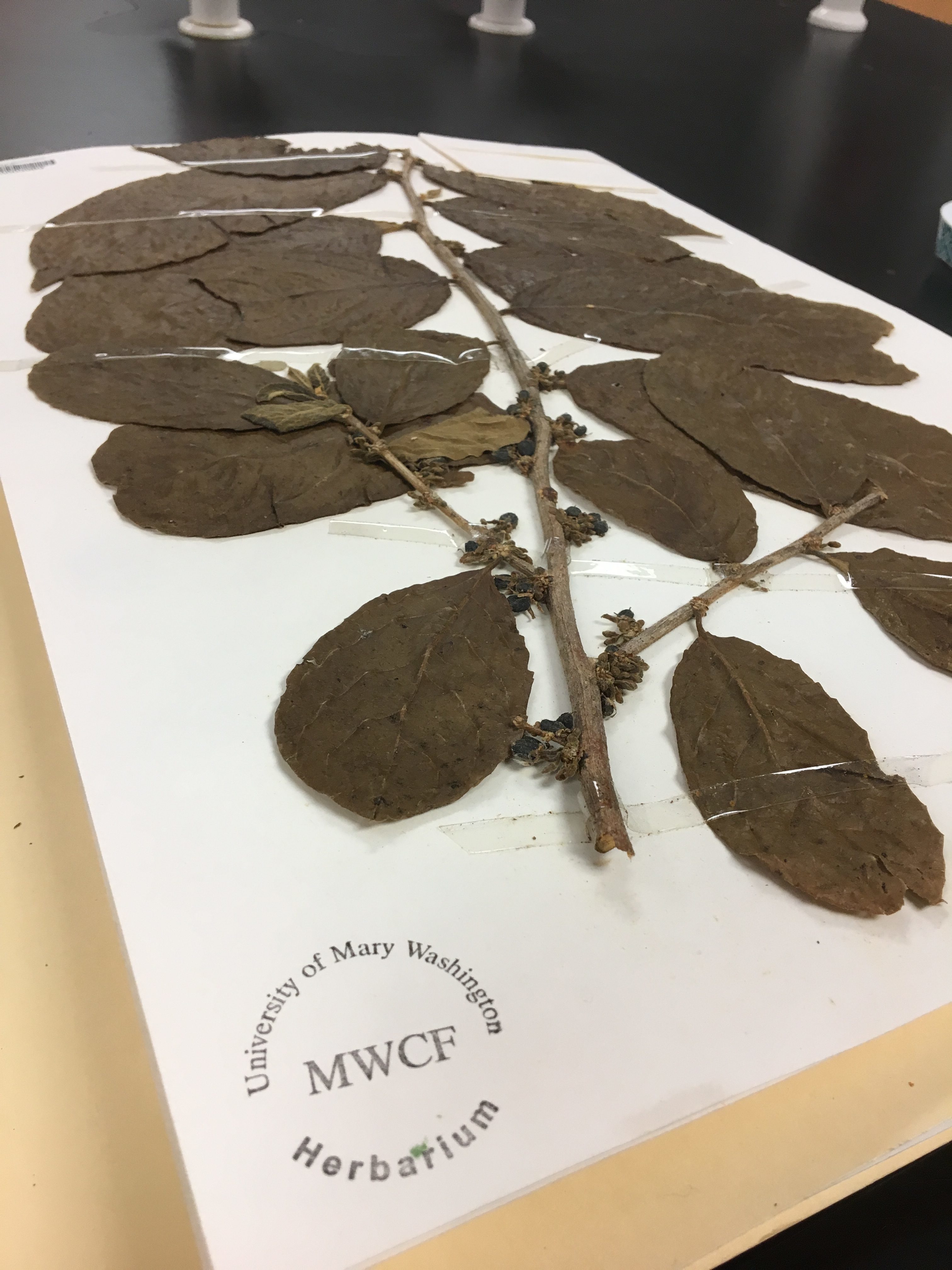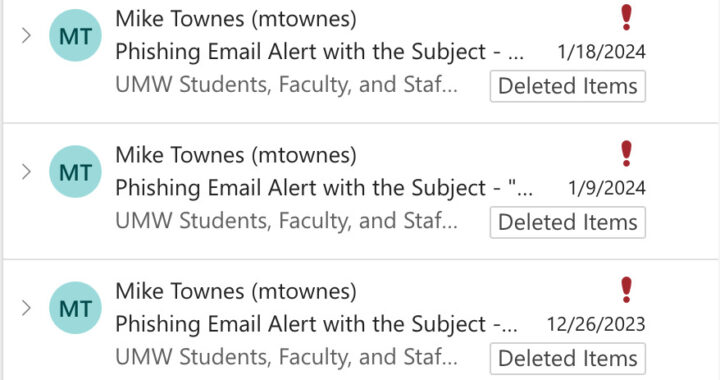UMW Herbarium digitizes collection for easy access
2 min read
Lauren Closs | The Blue & Gray Press
By SARAH GOODNOUGH
Staff Writer
Tucked away in room 109A of the Jepson Science Center, there is a little-known treasure that many students outside of the biology department might not know about. It is home to the impressive collection of plants called, the Mary Washington College Fredericksburg Herbarium. Assistant Professor, Dr. April Wynn is the curator of an ongoing project involving the digitization of the university’s herbarium, so that all students have access to this information. The department hopes to finalize the project this fall.

Each specimen must be scanned and catalogued into an online collection. It will also being incorporated into the digital biodiversity collection of the Southeast Regional Network of Expertise and Collection, a consortium of the herbaria in 14 states of the Southeast region.
Dr. Wynn talked about the benefits of this project.

“We have a record of plant distribution, plant flowering time and species of plants in Virginia and beyond,” she said. “This is a tremendous resource for students and the community, not only to learn about plant taxonomy and anatomy, but to use for research projects focusing on recent specimens or historic ones.”
The herbarium itself is a collection of dried plant specimens that are kept in a filing system which fills four cabinets to protect the specimens from damage. There are nearly 6,000 specimens in total, some of which were collected by famed botanist Hugh Iltis.
The specimens range from Virginia and Jamaica and date back to as early as the late 1800s. Each specimen is flattened out in a plant press and frozen to get rid of any lingering organisms before being placed onto a specimen sheet. They are labeled with the specimen’s identification, the date, location of collection and the collector’s name.
Then, each are then given a barcode, stamped as an official specimen and filed away. Recently, the taxonomic classification for all of the specimens was updated and now Dr. Wynn and assistant Herbarium Curator, Dr. Jill Spear are working to digitize the collection.
Given the number of specimens, Dr. Wynn’s project is a very arduous task. However, the online collection will provide students and faculty alike with a priceless resource.
While the herbarium is already available to view, the online collection will make it much more immediate and accessible to an audience much wider than UMW students. Dr. Wynn said the team, including herself, are working on reaching out to other schools in the district to make the herbarium available to them as well. As the world becomes increasingly digital, this project is a huge step for the university. After the digitization of the herbarium is complete the availability of the resource will expand greatly. No longer confined to Jepson 109, the MWCF Herbarium will be available for countless researchers and students to use.











